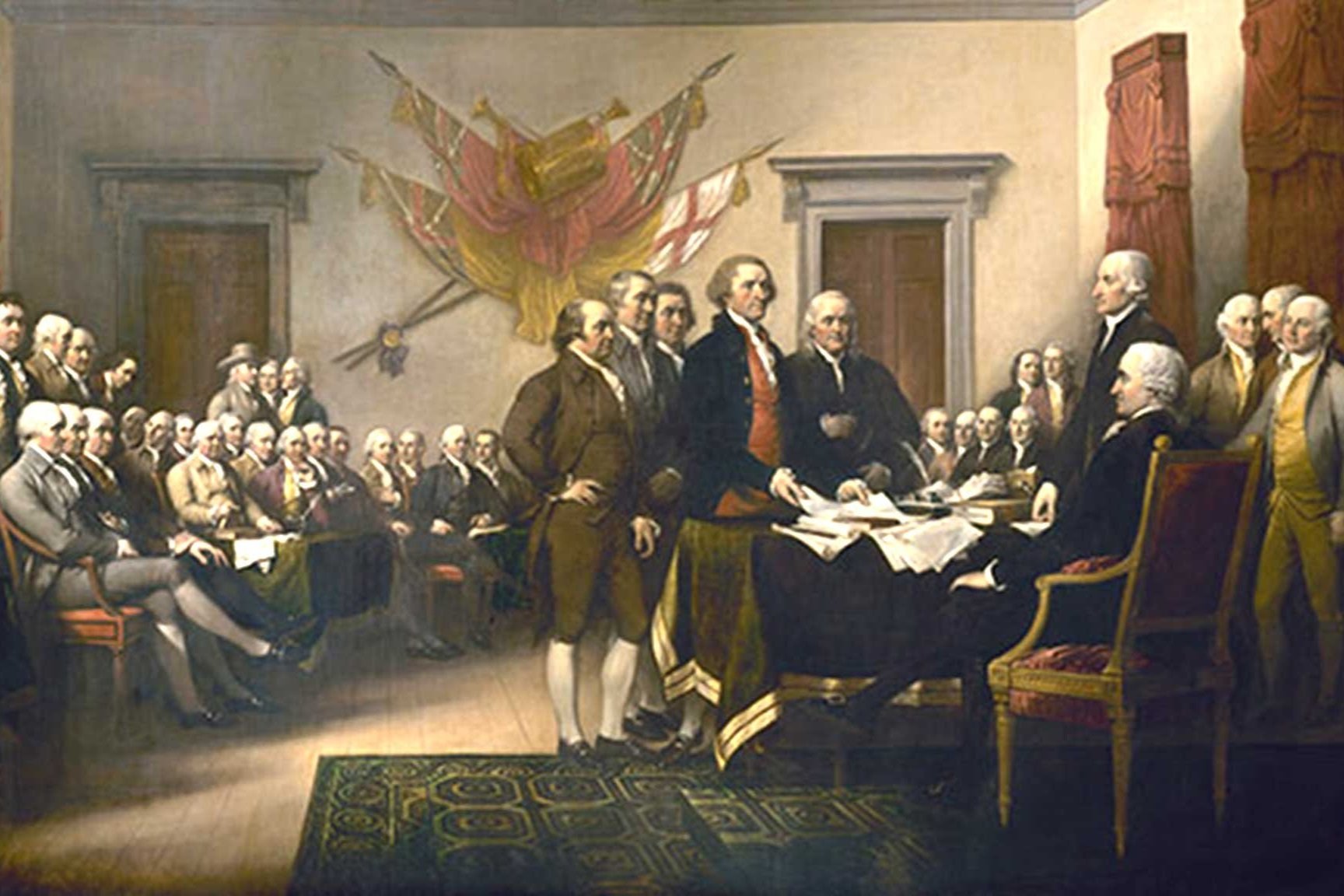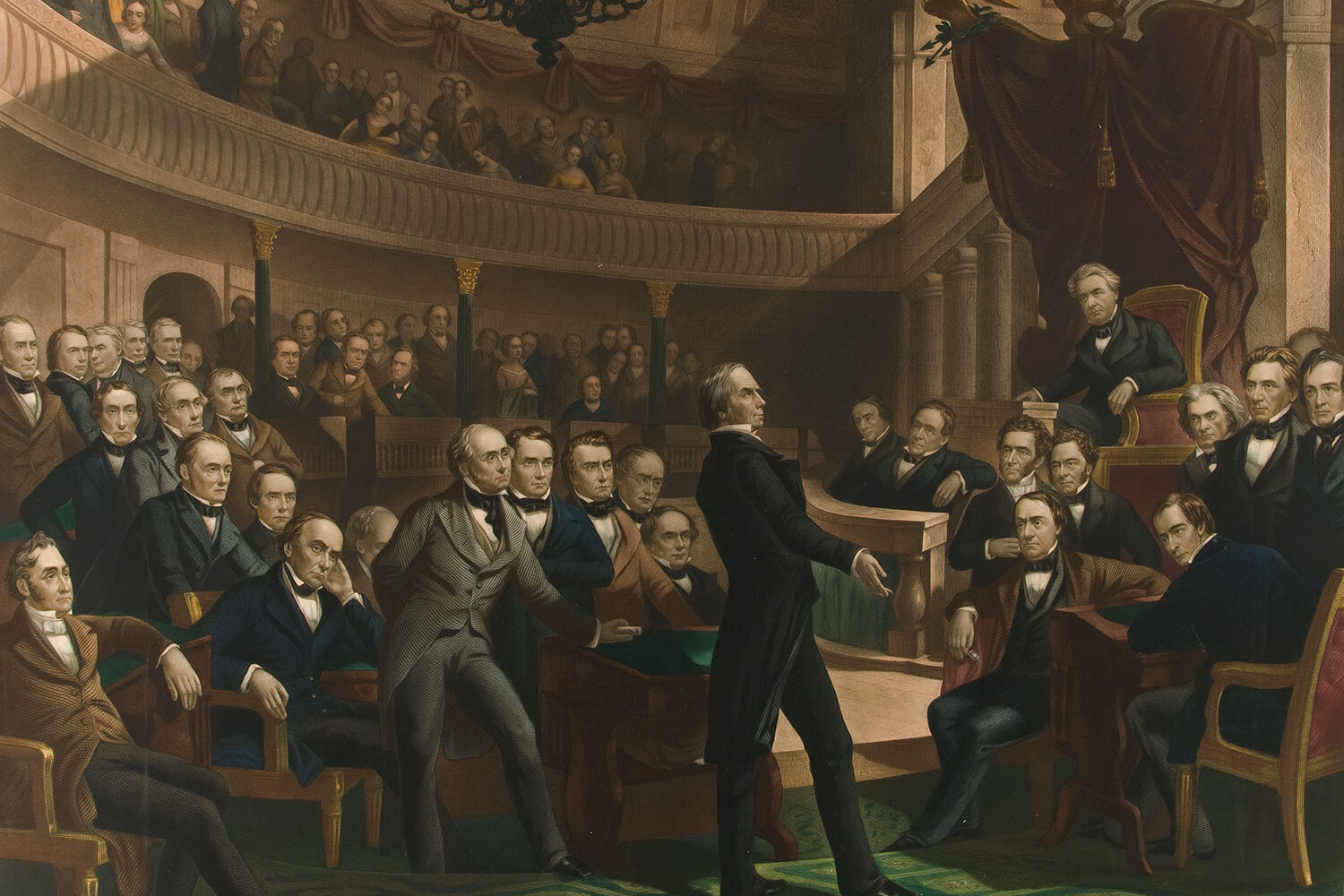Our History of Divided Government
America has had two dominant political parties for most of its history. From Federalists versus Democratic-Republicans at our founding to Whigs and Democrats in the mid-1800’s to today’s Republicans and Democrats, two political parties have almost always vied for power in this country.
Sometimes the same party has had control of the White House, Senate, and the House of Representatives, essentially unified government, but not always. In our nation’s first 230 years of existence, we have had 142 years of unified government, but 88 years when it was divided.
We have had four relatively long stretches of unified government in our history. The first occurred from 1800-1824 during the Jefferson-Madison era of the Democratic-Republican party. Next, from 1860-1874, Republicans ran the country during a time when we fought the Civil War and lived through Reconstruction.
From 1896-1910, Republicans again ran the country and enjoyed the economic prosperity of the Gilded Age. Finally, Democrats were in power from 1932-1952, except for two years, and led us through the Great Depression and World War II.
Interestingly, divided government is a more recent trend. Specifically, prior to the 1968 elections, the norm in America was unified government (126 versus 52 years). Since then, we have had 16 years of unified government, but 36 years of divided control.
Not surprisingly, the periods with the most significant legislative changes have occurred under a unified government, while great compromise has most often happened during times of divided control.
For example, President Franklin Roosevelt’s New Deal, President Lyndon Johnson’s Great Society, and President Obama’s Affordable Care Act (Obamacare) were implemented when the same party controlled all three parts of government.
The question is whether these significant changes were for the betterment or to the detriment of the country. Did these administrations go too far, or did they make much needed change?
As mentioned above, America has also had many periods of divided government when the parties shared power. Let us consider two recent examples, the administrations of President Reagan and President Clinton.
When President Reagan was elected in 1980, the House was controlled by the Democrats and Speaker Tip O’Neill. The divided government forced these two men to work together and, by doing so, they were able to reduce inflation from 12.5% to 4.4% and grew the economy by an average of 3.6% per year.
Similarly, Democrat Bill Clinton was our President from 1992-2000, but Republicans controlled both Houses of Congress during his last six years in office. Once again, the leaders of the two parties cooperated and passed meaningful legislation like Welfare reform and even managed to balance the budget.
Interestingly, since World War II, the two Presidents with the highest approval ratings have been Reagan (63%) and Clinton (66%). While both were very likable men, one must wonder if the division of power held them and their party in check and made Americans a bit happier.
James Madison worried about one faction or party gaining too much power and, consequently, diminishing the rights of the minority. He wrote “Where a majority are united by a common sentiment, and have an opportunity, the rights of the minor party become insecure.”
While we cannot eliminate political parties, perhaps divided government has at least a mitigating effect on their ills. If you believe that power corrupts, maybe divided government and a dilution of power is best for a democracy.
WHY IT MATTERS
So why should our nation’s ability to effectively manage during times of divided government matter to us today? History has shown that the American people will often elect to have two parties share power. I believe this is a function of the innate tendency of everyday Americans to compromise and get along.
Given this habit of ours, it is comforting to know that divided government not only works, but often works better than a unified government. It is proof of the power of compromise and how we can reconcile our differences if we are willing to give a little and always keep our common goals in mind.
SUGGESTED READING
A wonderful book on the meaning of being an American is Gordon Wood’s “The Idea of America”. Written in 2011, it is a very readable series of reflections on the birth of the United States, what we have been as a people, and how this great experiment called America came to be.
PLACES TO VISIT
Hillsdale College is a liberal arts college set on a beautiful campus in Hillsdale, Michigan, southwest of Detroit. It is a premier university that focuses on our nation’s founding principles. More importantly, its leadership encourages lively debate from all perspectives.
Until next time, may your motto be “Ducit Amor Patriae”, Love of country leads me.




When President George Washington retired in 1796, he devoted much of his Farewell Address to warning his fellow citizens about the danger of forming political parties. Unfortunately, the politicians did not listen.